 Abraham Lincoln
If given the truth, the people can be depended upon to meet any national crisis...
Abraham Lincoln
If given the truth, the people can be depended upon to meet any national crisis...
 Guildford news...
for Guildford people, brought to you by Guildford reporters - Guildford's own news service
Guildford news...
for Guildford people, brought to you by Guildford reporters - Guildford's own news service
Hitting The Guildford Music Scene In The Sixties With Blues Band The Crow Janes
Published on: 18 Nov, 2017
Updated on: 20 Nov, 2017
Dave Reading, former full-time journalist and a life-long lover of the guitar, recalls some early experiences at the birth of Guildford’s thriving Sixties music scene
It was Hank Marvin who started it for me. Hank Marvin of the Shadows! Alongside Lennon, Dylan and Cobain, the guy in the thick black specs and never-fading smile doesn’t look like the coolest of rock ‘n’ roll icons.
But before the graffiti artists declared that Clapton was God, the title was held by Hank. As soon as I heard the pure, resonant sound that he created with his Fender Stratocaster, I just knew I had to get my hands on a guitar.
Throughout Guildford in the late 1950s and early ‘60s there were dozens of teenagers like me who were inspired to take up a musical instrument, motivated by rock ‘n’ roll legends such as Elvis Presley, Chuck Berry, Little Richard and Lonnie Donegan, as well as Hank.
On a Saturday morning we would head down to Barnes & Avis, the music store that stood near the bottom of Guildford High Street. Without knowing what was a quality instrument, we would mess around in the shop with those we could afford and those we couldn’t.
Some guitars would “feel” right, while others didn’t quite fit the bill. Either the neck was too wide, or the strings were too hard to hold down or else the sound was thin and lifeless. But eventually we would make our choice, perhaps based on the colour, and we’d walk out of the shop with our new pride and joy, along with a Bert Weedon Play in a Day instruction book (price: around five shillings). This was the birth of Guildford’s flourishing music scene that Nigel Enever chronicles so well in his 2009 book Guildford: The Rock’n’roll Years.
Actually my own sights had to be lowered at that time because of lack of cash. I bought my first guitar – a birthday present from my mum and dad – at a second-hand shop called Buyers that used to stand in Onslow Street near at the bottom of North Street (slogan: “We buy anything.”).

Buyers in Onslow Street shortly after it had closed. Picture by Dave Salmon, Geoff Burch Collection.
The shop was a kind of landmark, as prominent and as well-known as any of the major stores. It disappeared sometime in the 1960s and today there is a branch of New Look on the site. The guitar I bought from Buyers in 1959 was an acoustic Rosetti costing £6, which is something like £125 in today’s money. It must have sounded flat and tinny, but it made me feel like I could be a rock ‘n’ roll star.
At first I tried to work out how to play like Hank, but then one day that became uncool. It wasn’t just the Beatles who transformed the way we thought about music. There was a new surge of interest in the blues.
In Guildford, like most towns probably, there were a few kids who were ahead of the rest in terms of fashion and their tastes in music. One boy in our group – his name was John – had an older sister who had her finger firmly on the pulse and so John was the one we looked to for information on what music to like and what clothes to wear.
One evening he introduced us to an old vinyl album featuring black artistes with odd-sounding names like Muddy Waters, Sonny Boy Williamson, Howlin’ Wolf and Buddy Guy. We’d experienced nothing like it. When we heard that album, we knew we needed a different approach. To play like those guys, you had to concentrate less on melody and more on feeling.
There were five of us in our first band. We called ourselves the Crow Janes after a Sonny Boy Williamson number, Crow Jane Blues. The guitar breaks were a bit Hank-like at first, but our harmonica player brought a touch of authenticity to the sound. At that time, there were a lot white, educated English boys who had fallen in love with American blues and when we began playing at local parties everyone thought we sounded like the real thing.
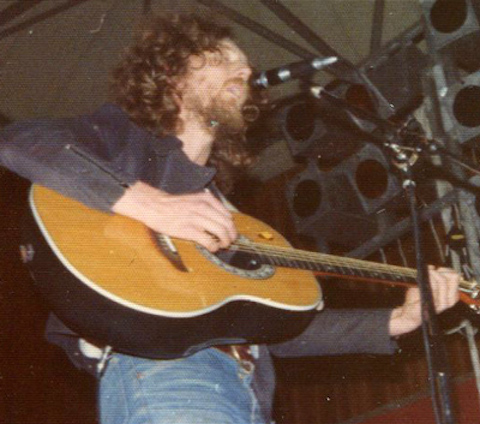
Tony Backhurst pictured in 1976 when playing with his band House. Picture by Andy Potter from the House website.
Our singer was an ex-Farnham Grammar Schoolboy, Tony Backhurst (later and still the front man with Guildford band House), who had a raw texture to his voice, which was just what we were looking for.
We rehearsed in a top floor store room of the City Cafe in Onslow Street, owned and run by George Reading, my grandfather. The staff working in the kitchen below didn’t quite get it. They were used to listening to the more sedate sounds of Jim Reeves and the Bachelors. They liked music you could hum along to.
Then we got our first real gig. The Cygnet café stood by the river in Millmead, in a building now used as offices. It was a dingy, shadowy place frequented by beatniks and would-be beatniks, who sat around on the floor looking cool, drinking Coke.
The place didn’t have an alcohol licence but you could smuggle in a bottle of cheap white wine and the proprietor, a rough diamond named Pete, would look the other way.
One of the attractions was the Bel Ami jukebox, which belted out obscure blues and R&B numbers by black musicians. It was the perfect place for us to play: standing in the shadows, we could pretend this was some sleazy Chicago nightclub. Nobody cared that we sounded a bit rough because that was how we were supposed to sound.
The Crow Janes lasted just a few months. Eventually we were eclipsed by more committed (and more talented) bands like the Phantom 4, the Stormsville Shakers and the Primevals. These were the musicians who created the vibrant rock music scene that drew people from miles around for the best part of the 1960s.
Responses to Hitting The Guildford Music Scene In The Sixties With Blues Band The Crow Janes
Leave a Comment Cancel reply
Please see our comments policy. All comments are moderated and may take time to appear. Full names, or at least initial and surname, must be given.Recent Articles
- Dragon Review: Handbagged – Yvonne Arnaud Theatre
- How VE Day Was Celebrated 80 Years Ago
- Dragon Interview: Sir Jeremy Hunt MP on His Knighthood and Some Local Issues
- Guildford Has a New Mayor with Rock Star Quality
- Ash Street Co-op Still Suffering Fallout From Cyber Attack
- Guildford’s Job Centre Among 238 Hit By Data Breaches, Say Experts
- Surrey’s Boroughs and Districts To Submit Their Three-Unitary Council Plan
- Letter: House of Fraser’s Closure Was the Last Straw
- Letter: The Rights of One Group Should Not Usurp The Rights of Another
- Suspected Fox Poisonings Shock Guildford Resident: Police and RSPCA Involved


Recent Comments
- Richard Sherlock on Guildford Has a New Mayor with Rock Star Quality
- Angela Gunning on Letters, Comments, Complaints Policy and Privacy Statement
- Peter Mills on Trans Protest on Guildford High Street
- Arthur Pint on Police Investigate Paint Attack at Guildford Business Park
- Paul Parker on Concerns Grow over Tree Felling on Loseley Estate During Bird-nesting Season
- John Ferns on Open Letter: Why Am I a Lower Priority for Housing?
Search in Site
Media Gallery
Dragon Interview: Local Artist Leaves Her Mark At One of England’s Most Historic Buildings
January 21, 2023 / No Comment / Read MoreDragon Interview: Lib Dem Planning Chair: ‘Current Policy Doesn’t Work for Local People’
January 19, 2023 / No Comment / Read MoreA3 Tunnel in Guildford ‘Necessary’ for New Homes, Says Guildford’s MP
January 10, 2023 / No Comment / Read More‘Madness’ for London Road Scheme to Go Ahead Against ‘Huge Opposition’, Says SCC Leader
January 6, 2023 / No Comment / Read MoreCouncillor’s Son Starts Campaign for More Consultation on North Street Plan
December 30, 2022 / No Comment / Read MoreCounty Council Climbs Down Over London Road Works – Further ‘Engagement’ Period Announced
December 14, 2022 / No Comment / Read MoreDragon Interview: GBC Reaction to the Government’s Expected Decision to Relax Housing Targets
December 7, 2022 / No Comment / Read MoreHow Can Our Town Centre Businesses Recover? Watch the Shop Front Debate
May 18, 2020 / No Comment / Read More



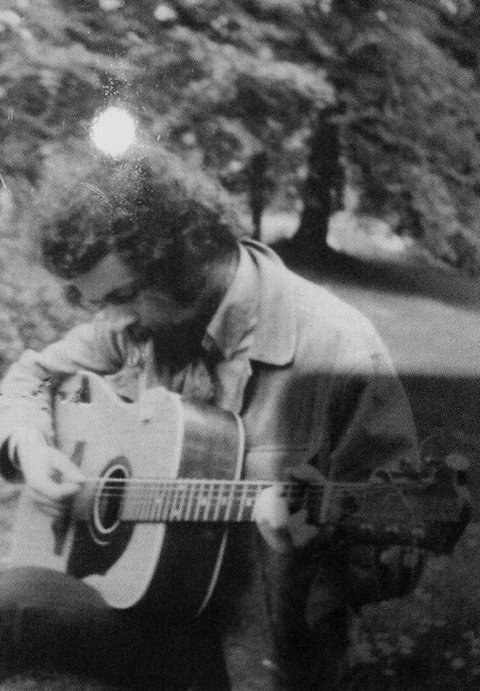
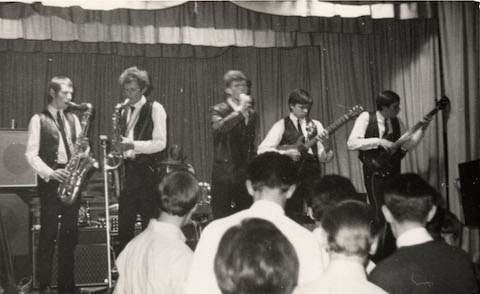



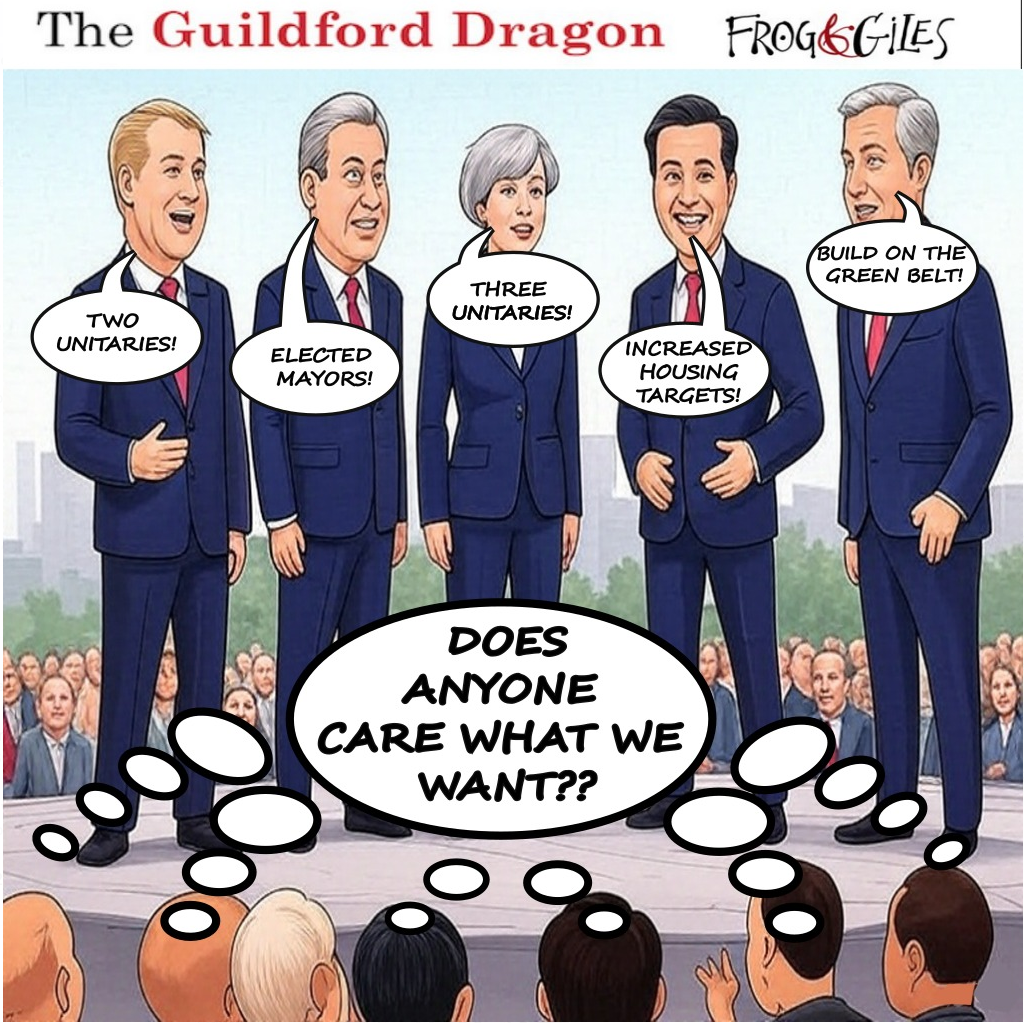
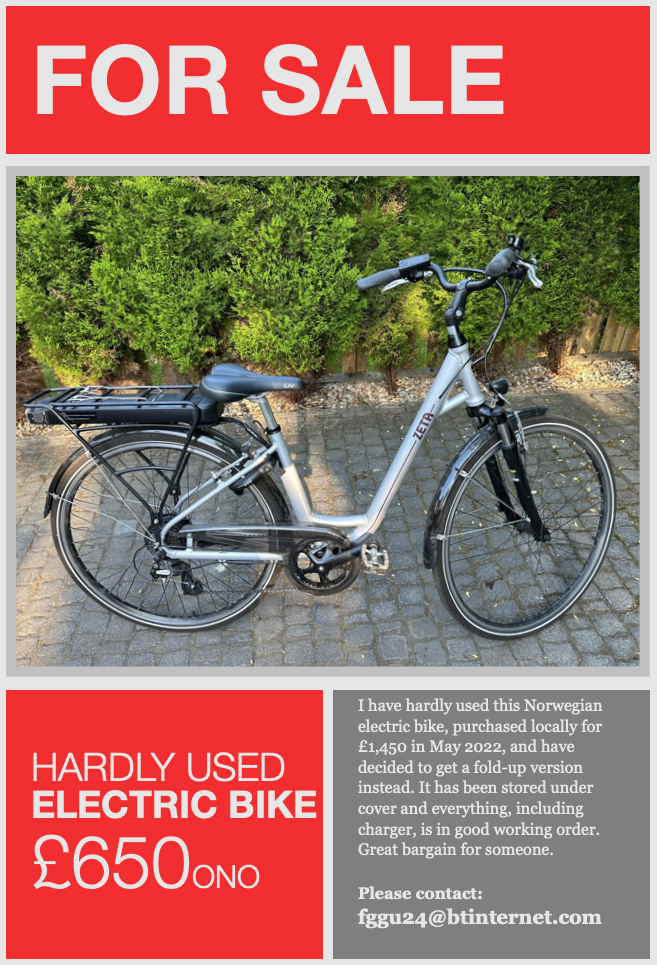


David Rose
November 18, 2017 at 12:19 am
My link with the song Crow Jane Blues comes from the early 1980s when the band I was in at the time, Brakspear’s Travelling Fair, did floor spots at the Horncastle folk club that used a room at Guildford’s Trades & Labour Club in The Mount.
As was the deal back then, you got in free if you played a few songs. We also did gigs at the Three Pigeons pub and anywhere else that would have us.
At the folk club another regular was a guy who we nick-named “the bongo man”. He’d turn up with his bongo drums and accompany any of the musicians who would allow him to play along with them – and he was rather good.
I can’t remember his real name. But one week he did a solo floor spot where he produced a harmonica and performed Crow Jane Blues, singing the lyrics while adding bursts of harmonica. It brought the house down!
And he was often asked to play the same song again. He did a few gigs elsewhere with us and I recall his day job was as a gardener at a house in Hambledon. I wonder where he is now?
Graham Clarke
November 21, 2017 at 8:56 pm
David Rose: your mysterious “bongo man” sounds to me a lot like my (and Dave Reading’s) old friend Tim McOnegal. Does the name ring a bell for you?
George Trask
November 20, 2017 at 11:21 am
This brings back many memories. The cygnet café was run by Peter Trim. At that time I was in the Royal Navy and skiffle was the thing. I was in a group called the Leopard Spots and we were useless!! But we still managed to entertain youngsters at a music club that was run at the Sea Cadet HQ.
There were several groups in Guildford in the years 1957 to 1961. When I left the Navy, in 1961, I used to roadie for Ricky Clayton and the Rythmics. They used to gig around Woking, Horsham etc. Ricky Clayton was really Peter Arthur; the group have long since disbanded.
Phil from the Stormsville Shakers married my wife’s sister and his talent passed down to his son who I am still in touch with. Phil is still involved in the music business he also wrote a couple of hits that were recorded by the Love Affair.
Those were the days.
Tam Henderson
December 17, 2018 at 5:35 pm
Lovely history trip Dave, thanks.
My mum, Sandy Henderson, was in the band House with Tony Backhurst. She played flute and sang.
Do you remember her by any chance?
Tam Henderson
December 17, 2018 at 6:15 pm
Great memories. I was wondering if anybody knew of a record store called Head Sounds?
It might of been run by an American guy named Dave. It would have been in the 1970s. Could be my father…
[Ed: Head Sounds was in Phoenix Court, Guildford, in the 1970s. Other readers may be able to supply more details.]
Rob
October 17, 2023 at 7:46 pm
I remember his girlfriend, who worked in the shop, the most fantastic looking woman I’ve ever seen. Used to buy LPs that I thought she might think are cool.
Paul Crosthwaite
October 29, 2023 at 3:54 am
Did your bands ever appear at the Millstream Club in Farnham? There was a great vibe there in the late 60s but I don’t know of anyone who remembers the place other than myself.
David Reading
October 30, 2023 at 4:17 pm
Thanks for your post, Paul. I don’t remember the Millstream Club and I know for certain that I didn’t play there. The best-known venue in the late 1960s was the Gin Mill Club in Godalming, which put on mainly British blues bands such as Chicken Shack, Savoy Brown and Free. Perhaps you went there yourself on Sunday evenings. It will be interesting to see if anyone does remember the Millstream and replies to this post.